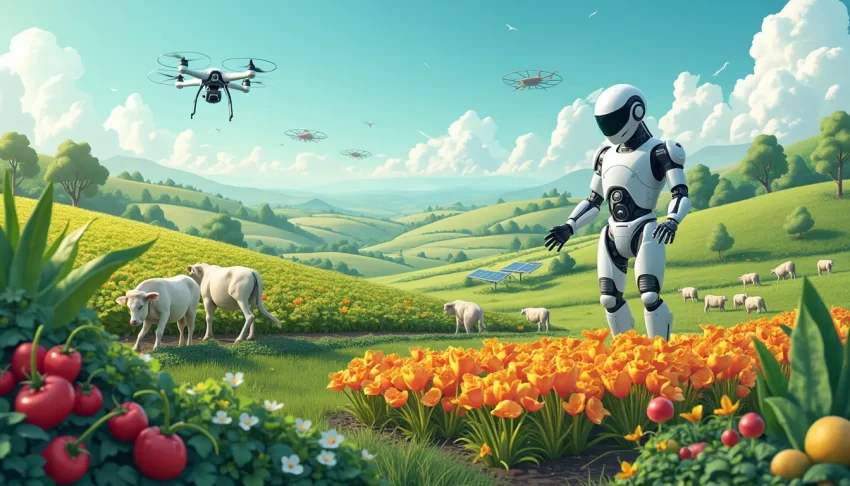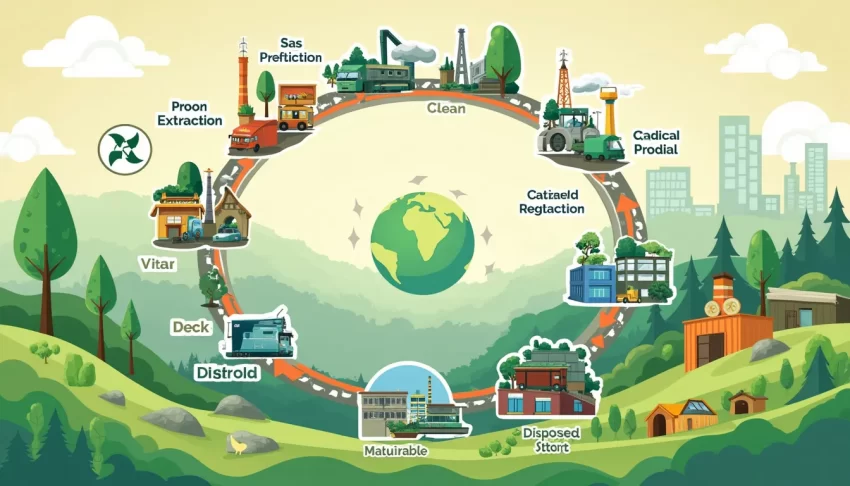Imagine waking up to the sound of birds chirping outside your window, breathing in crisp, clean air, and stepping out into a world where lush green forests, sparkling rivers, and vibrant wildlife are a part of everyday life. This idyllic vision is not just a poetic dream; it is a glimpse of what protecting our…
Category: Blog
Effective Strategies for Implementing an Environmental Management System
In today’s rapidly changing world, the need for sustainable practices has never been more pressing. Organizations and businesses, regardless of their size or industry, are increasingly recognizing the vital role they play in protecting our planet. One of the most effective ways to drive genuine environmental stewardship is through the implementation of an Environmental Management…
The Importance of Sustainability Reporting in Modern Business
In an era where environmental consciousness is no longer a choice but a necessity, sustainability reporting has emerged as a pivotal practice for modern businesses. At its core, sustainability reporting involves the disclosure of environmental, social, and governance (ESG) impacts, offering a transparent look into how a company operates concerning sustainability. This practice enables organizations…
Practical Steps Towards Environmental Sustainability
In a world where climate change, resource depletion, and pollution are pressing concerns, embracing environmental sustainability is not just a noble pursuit—it’s a necessity. Environmental sustainability, at its core, means meeting our current needs without compromising the ability of future generations to meet theirs. It’s about finding a harmonious balance between economic growth, environmental health,…
The Future of Sustainable Agriculture: Innovations and Practices
Imagine a world where our food system is both productive and gentle on the earth, a world where the methods we use to grow what nourishes us also preserve and enrich the environment for future generations. This is not a distant dream but a burgeoning reality powered by sustainable agriculture. In essence, sustainable agriculture is…
The Rising Importance of Sustainability Consulting in Today’s Business World
Sustainability consulting has quickly become a cornerstone in the modern business world, capturing the attention and investment of enterprises seeking to navigate the complex terrain of environmental responsibility and sustainable growth. As the climate crisis accelerates and public awareness grows, companies are increasingly recognizing that sustainability is not just an optional add-on but a crucial…
Understanding the Basics of Life Cycle Assessment
In an era where sustainability is becoming more than just a buzzword, understanding and implementing Life Cycle Assessment (LCA) can make a significant difference in how businesses and individuals approach their environmental responsibilities. Life Cycle Assessment, commonly abbreviated as LCA, is a systematic method of evaluating the environmental impacts associated with all the stages of…
Achieving Ambitious Sustainability Goals: A Comprehensive Guide
In today’s rapidly evolving world, the urgency of addressing environmental challenges has never been clearer. The term sustainability goals is no longer reserved for activists and policy makers; it’s a call to action for individuals and businesses alike. But what exactly does it mean to set and achieve sustainability goals, and why are they so…
Urgent Steps for Effective Climate Action
Every day, our planet sends us distress signals – from devastating wildfires and intense hurricanes to unprecedented heatwaves and melting ice caps. These are not just isolated incidents but symptoms of a larger, more pervasive issue: climate change. The urgency to address climate action has never been more apparent. In fact, the Intergovernmental Panel on…
Essential Guide to Safety Equipment Inspection
In the bustling realm of workplace safety, the term safety equipment inspection might not make headlines, but it undoubtedly plays a starring role behind the scenes. Imagine a well-oiled machine where every cog and component functions seamlessly—such is the essence of conducting regular safety equipment inspections. These crucial assessments help ensure that the protective gears,…










